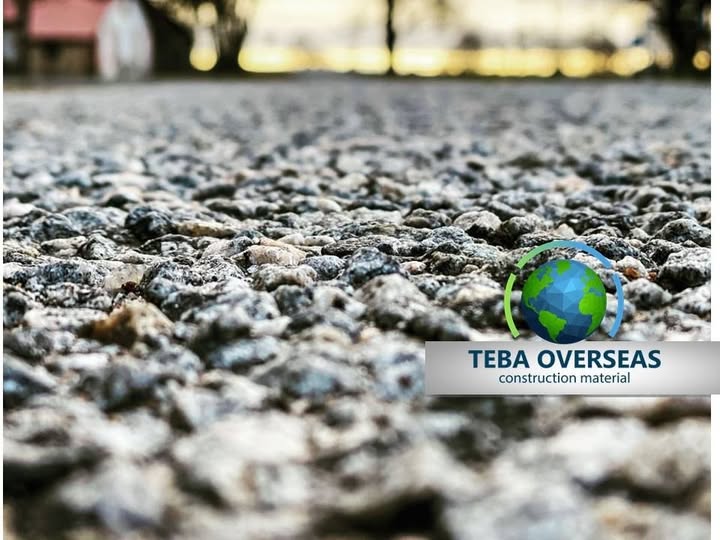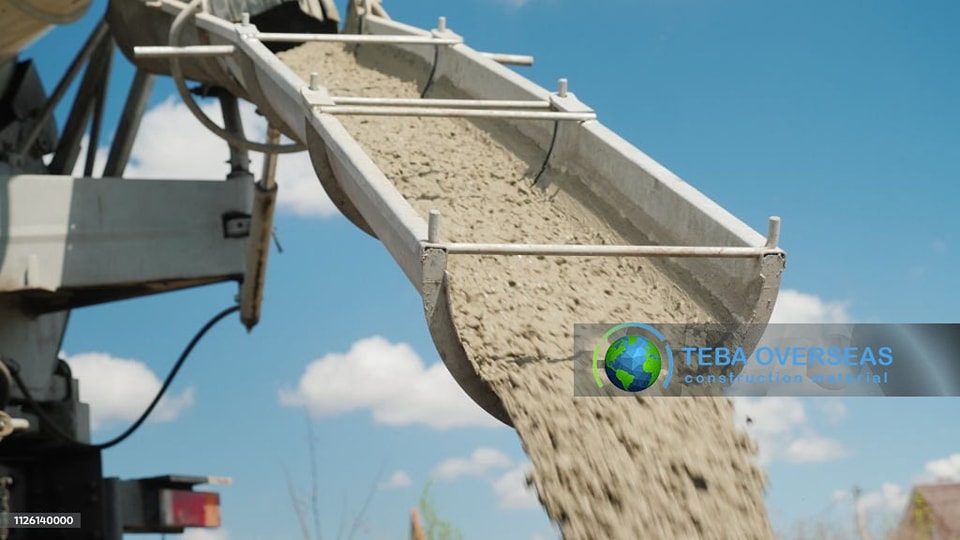First, Design the Concrete Mixture for Hot Climates
Many factors must be determined before pouring in hot climates, and pouring problems in hot weather must be minimized.
Before that, prepare the concrete components and plan the pouring and curing processes, in addition to the required workability and strength.
First, Requirements for Fresh Concrete
1- Slump must not be less than 10 cm under normal conditions, as concrete less than that is difficult to transport and pour.
2- When designing, slump must be determined directly upon pouring, not during mixing.
3- When making mixes Confirmation in the laboratory: Site conditions must be taken into account to determine slump and stress.
Second: Requirements for Hardened Concrete
1- The effect of curing on the concrete must be taken into account, and the optimal curing method must be determined based on available capabilities. 2- Determine the maximum water-to-cement ratio to achieve the required strength and limit shrinkage.
General Considerations in Mixture Design
1- The concrete mixture must be designed using one of the known methods, and the maximum water-to-cement ratio must be determined. 2- To limit temperature rise, the lowest possible cement content must be used while maintaining stress and durability. 3- After design, the design must be verified in the laboratory, determining slump and slump losses, determining initial and final setting times, and ensuring that the required slump has been achieved on-site. 4- Mixes must be prepared in the laboratory, and the effect of using high doses of Type F on-site must be studied.
Design Special Concrete Mixes As we mentioned previously, concrete is exposed to problems in hot areas, such as loss of mixing water, drying cracks, and shrinkage. and so on. In some special and sensitive facilities, these problems must be reduced, so these mixtures are called special mixtures. How can shrinkage be reduced...?
Polypropylene fibers, steel fibers, or silica fume and fly ash can be used.
First, the use of fibers. Polypropylene fibers are the most common type for these cases. They are determined according to the product data sheet. Of course, they require additional doses of additives or mixing water, taking into account the maximum ratio to avoid the expected loss on-site due to the fibers. By the way, Polypropylene fibers reduce compressive strength by about 5%, while steel fibers improve strength by about 10%.
Second, the use of silica fume and fly ash fly ash
These materials limit shrinkage by limiting the rise in temperature. They are added to the mixture in one of two ways: A - Either they are added as a percentage of the cement. B - Either they are added to replace part of the cement content (fixed weight of cementitious materials). When calculating the water content, the addition of these materials to the cementitious materials must be taken into account. How can slump loss be assessed using a standard method? The first method: After determining the appropriate quantities for the mixture: The concrete is mixed for about three minutes, then stopped for three minutes. Then, mix again for two minutes. The slump is determined as the initial slump. Mixing continues for 15 minutes, and the slump is determined. This slump corresponds to the slump determined during pouring, which is 45 minutes.
The second method
Mix quantities are prepared. The concrete is mixed for about 3 minutes, then mixing is stopped for 3 minutes, then repeated for 2 minutes, and then the initial slump is determined. Mixing is stopped, and the mixture is covered with wet burlap. After 20 minutes, mixing is repeated, and an appropriate amount of water is added (the total does not exceed the maximum amount). The slump is then established. During the actual pouring process, all the water in the station must be added.



